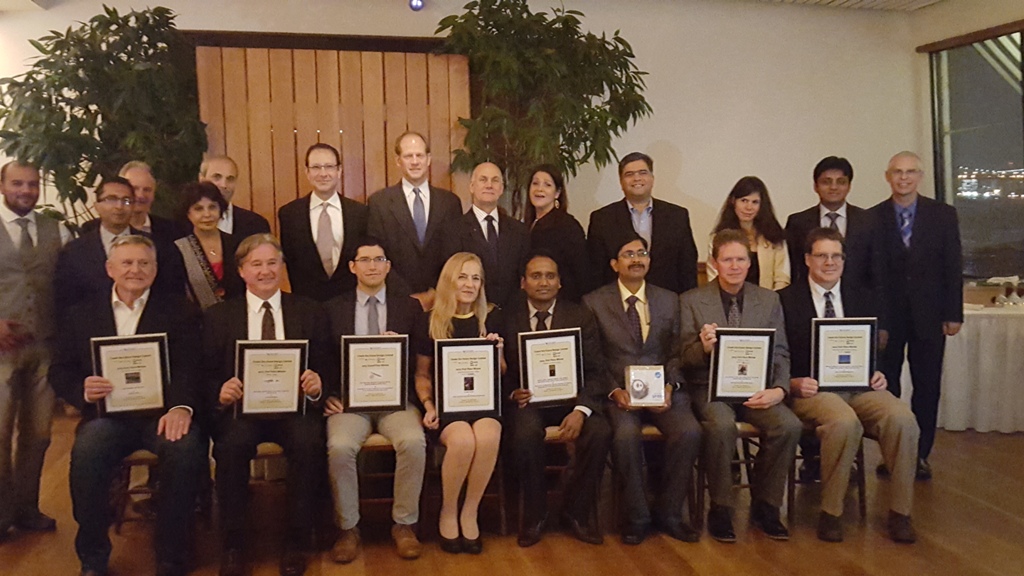What happens when the tyre of a speeding car bursts or blows up? The obvious answer is an accident along with casualties as the vehicle goes out of control with the driver hardly getting a chance to react.
There have been technologies for limiting the impacts of punctures, but there hasn’t been a solution to decrease the chances of a tyre bursting due to overheating. However, a latest innovation has not only decreases the possibilities of bursts but has also taken care of punctures, dynamic wheel balancing, increasing fuel efficiency and life.
The burst prevention and puncture curative technology (BPPC) technology invention by TycheeJuno project, headed by an Odisha-based innovator, has found its place among the top ten most entries in the Create the Future Design Contest 2015 Nasa Tech Brief in New York on November 6. Nasa Tech Brief is a joint effort of Nasa and Society of Automobile Engineers International.
Thousands of young scientists from 60 countries participated in the international competition. Eight teams received the awards and 32 inventions found a place in Nasa’s official publication in the special issue of November.
“It has clocked more than 40,000 hours in last more than a decade in inventing the technology that can be manufactured in existing manufacturing set up and can also be retrofitted in any tubeless, self supported or auxiliary supported tyre,” TycheeJuno team leader Sameer Panda, who is doing his PhD from VSS University of Technology in Odisha’s Sambalpur district, said.
Udit Bondia, KN Panda and Smitiparna Satpathy are the other members of the team.
The innovation becomes all the more important in India where 3,371 people were killed and 9,081 injuries in 2014. Globally, 1.25 million injuries and casualties are estimated to occur due to tyre bursts.
The technology has an environmental advantage too. Panda said with TycheeJuno’s technology in 10 million vehicles, reduction in carbon emission due to decreased tyre replacement would be be 200,000 tons of carbon dioxide per annum. “Improved fuel efficiency will result in reduction of 200 million gallons of gasoline consumption which means 1.634 million tons of carbon dioxide equivalents (CO2e) and 500 tons of cancer causing carcinogenic lead (RoHS material) can be avoided,” said Panda.
Panda is now looking for strategic partners and investments to successfully commercialize the technology globally to save thousands of lives and decrease carbon footprints.
Article was first published in Hindustan Times

